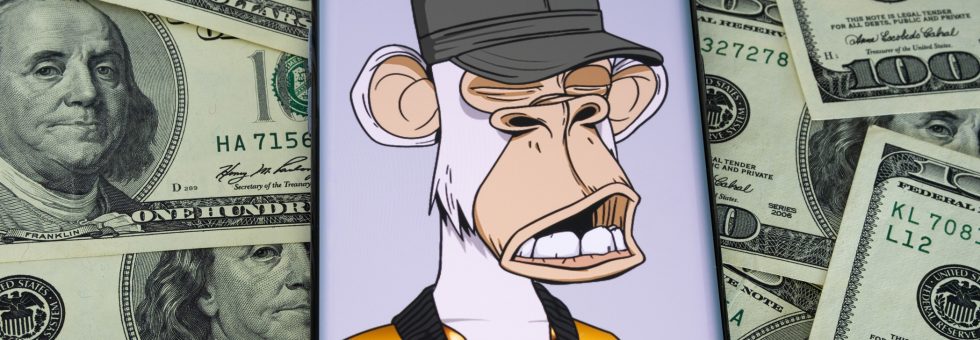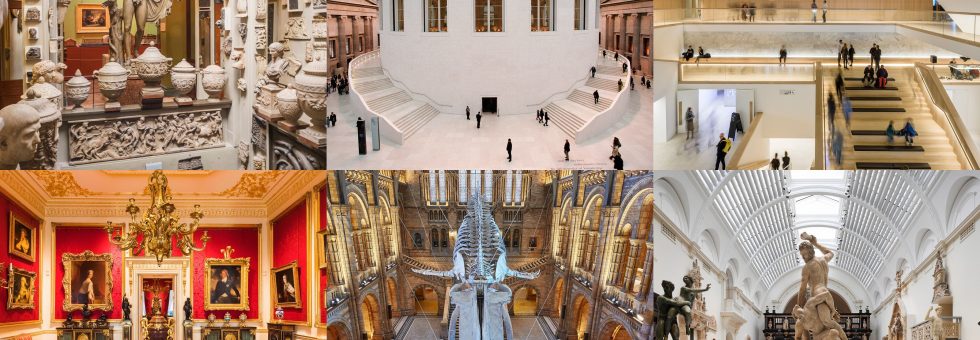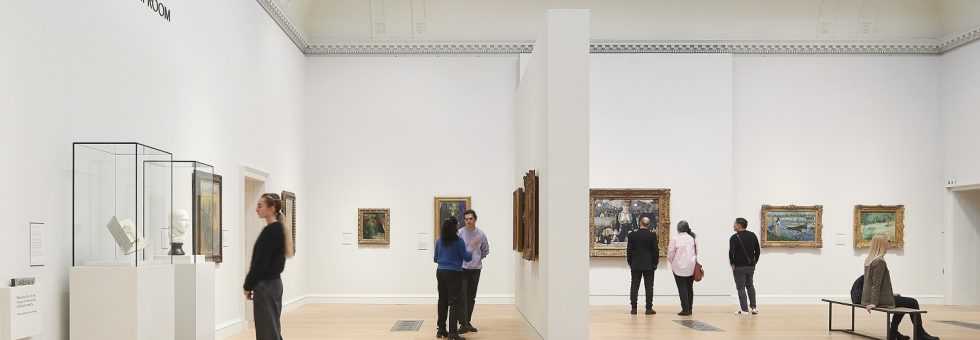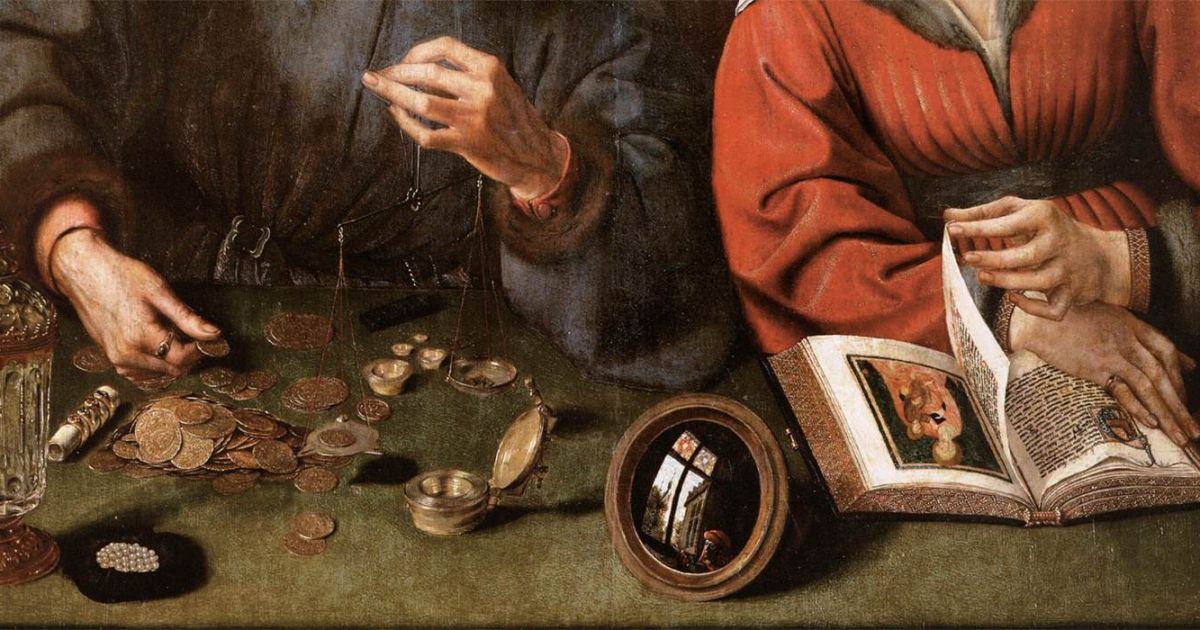The Art World is not actually mere cultural phenomena anymore and it is now the elaborate financial ecosystem in the world. Transactions of high value, international collectors and online market places have made fine art an international asset. The Basquiat under the hammer at Sotheby as well as the NFT collection that landed on a blockchain system have one thing in common: Art no longer only changes hands, but also mediums.
However, where the world of art is oriented towards the concept of globalisation, foreign exchange (FX) is another element of the puzzle, of which most collectors, galleries and auction houses are losing sight. When the purchase or sale process is transcontinental a currency fluctuation can very well make or break the amount of money, final cost or profit received over an artwork.
This article addresses the matter of how FX risk is butted into the market of art and auctioning, and what participants in this particular domain can do to balance it well.
A Global Business is an Art, and with this comes a Currency Risk.
Contemporary art market is international in nature. Basel art fairs, London auctions, Dubai collectors, or international digital platforms that can reach out to potential audiences around the world more often than not, artwork takes the shortest route across borders and currency zones. Art Basel and UBS found that 60 percent or more of art purchasers in the year 2023 did not buy anything in their native countries.
Nevertheless, most sales even those which take place at the international level are usually reported in a small number of currencies: USD, GBP, EUR. This causes the mis-match where buyers or sellers are based in other countries and this exposes them to FX risk during and after the transaction.
Consider a one million euros painting sold in New York can earn much less to a European collector when the euro falls against the dollar in days or even weeks before the money has to be paid.
The Unseen FX in the Dynamic of Auctions.
Such auction houses as Christie’s and Sotheby work in the cities of the world and provide their services to clients in tens of countries. They mostly tend to price their hammers in USD yet bidders are worldwide and they may be required to seriously convert their currency into dollars even at the last minute.
This may form a vulnerability of FX real-time. For instance:
-A UK buyer can also experience the sudden rise in cost when they find that GBP/USD has changed a few hours to an auction.
-When an Asian seller is paid in USD, he or she might have been shortchanged as he or she changes it back to native currency once a sale is made.
Even the difference of small percentages can amount to tens of thousands of dollars lost or gained in the big-ticket transactions.
NFTs, Crypto and the Novel FX complexity.

There is an additional complexity of currency that emerges through the emergence of digital art and NFTs. Platforms such as OpenSea or Foundation tend to work with cryptocurrencies such as Ethereum, but the conversion to real money is also relevant, at least when it comes to paying taxes, bookkeeping, and the preservation of the value in a virtual economy.
Collectors and artists have to bear in mind:
-The volatility in ETH/USD.
-Conversion back to local currencies ( e.g. USD to GBP or INR).
-Exposure of taxes in various jurisdictions.
Crypto is borderless but its FX risks are highly real and they are usually underestimated by new market members.
Interested to hedge your art (fx) portfolio? No matter what you trade in, whether it is a gallery or collections or digital productions it has its own currency solution and KeyFX currencies can help you to lock the exchange rates, de-risk, and concentrate on actual issues which are pieces of art.
Currencies and the upper-end collecting.
Art is a gamble and a portfolio strategy as well as a passion to the ultra-high-net-worth individuals (UHNWIs). International purchases in Monaco, Singapore, New York and Geneva are frequent with the collector being part of a Madison Avenue wealth or estate strategy. FX in this case is not only a risk but it is a financial planning tool.
KeyFX has collaborated with wealth managers to develop FX strategies which do the following:
– Fix good interest rates before the intended purchases.
– Maximise jurisdiction currency pairs.
– Decrease conversion bill with the flow of time.
The strategies are important when you have a collection of a value exceeding 10 million US dollars using multiple currencies.
Art Donations, International Art, and Museums, Endowments.

Problems with FX are not only the issues of private collectors. The museums and institutions also deal with international acquisitions, international traveling exhibitions, international gifts and so on. A US-based institution that will receive a French endowment may be required to charge euros to dollars – and do that judiciously in order to preserve the value of the donation.
These Non-profits on the art world are in most cases more open than they think especially when there is a need to be dependent on foreign grant or philanthropy.
Meeting the Future: The Art World FX.
Luckily, the FX risk can be dealt with, provided the risks are identified at the earliest. The tools, which can assist people of the art field, can be the following:
• Forward contracts – which are set exchange rates in the future before auctions or buying of items.
• Spot transactions These are fast ones, which help convert into the desired currency on a rush-order basis.
• Multi-currency accounts: use funds in terms of USD, EUR, and GB among others.
• FX dashboards – monitor change in the market and performance of rates in real time.
In a very dynamic market, the value is preserved and there is lesser currency friction as long as there is a proper approach to the prevention of value loss by artists, buyers, and institutions.
Unless it is acquiring a masterpiece, minting an NFT or hosting an international show, currency exposure does exists.
KeyFX is associating (partnering) with galleries, wealth managers and institutions of creativity to make cross border art transactions simple, efficient, and secure.
Case in Point: Currency Swing in Twentieth-century sale.
In 2022, a Brazilian contemporary art collector bought one of the paintings made by Cecily Brown called Vohgea at a London auctioning centre of 2.3 million US dollars. The price of the artwork was written in GBP but the buyer was financing the purchase using the BRL (Brazilian real). The rate of GBP and BRL changed by nearly 3 per cent between the bid placement and the settlement of the two days later and which cost the buyer another 60 000 dollars worth in the local currency.
These fast actions are not exceptional. Settlements on auction normally take place 24-72 hours after the auction process and in the situation of uncertain currency environment this delay may create measurable FX risk. The stakes are even higher to collectors who conduct business through emerging market currencies because the spreads and volatilities are usually higher.
Fx Risk and Cross Border Art Lending.
With the realization that art is an ever growing financial asset, collectors have been utilizing their collections as a collateral against loans, insurance funding, or even creating a deal involving collateral. Where such arrangements are with foreign lenders or on a multi-currency basis the FX exposure is even more complicated.
A person who borrows the help of the artwork in France to guarantee the loan of a U.S. bank might be offered money in USD, whereas she/he is to pay the bills of restoration or the bonds with euros. When the value of the euro increases when the loan is still in force, repayment would be costly in real terms.
To maintain the value in many currencies, financial advisors and personal banks involved in the lending against the artwork should incorporate the currency forecast and hedging tool into the client package.
The Gallery Pricing Strategy – The FX Tightrope.

To galleries, when it comes to determining the prices of the works of art to sell to an international market, it is always a trade off. Should the price be quoted in local currency, in USD, or in the buyer’s preferred currency? Online art galleries are selling on international platforms such as Artsy or 1stDibs which usually resort to using US dollars, but this creates a difficult situation when high operating costs and pay to artists are still denominated in another currency.
There are dealers who keep two pricing structures, one that applies in local exhibitions and the other one that applies to international listings and then there are those who employ the usages of dynamic pricing structures, which fluctuate in response to any change in currencies. Whichever method is used, a passive approach to FX increases exposure to profit and compensation of the artists.
Mismatch of currency can as well cause a strain in the artist relations. In this case, a consistent seller to US clients whose services are being paid off in pounds after the conversion at the weakening of GBP/USD rate may find themselves shorted in terms of payments even when the results are good in sales.
Established companies and FX: The Secret Expense of Transporting Art.
Transporting art internationally is more than sending caskets and filling in forms with the customs authorities, it is also exchange risks in indices where it is dealing with freight companies and insurance companies as well.
The art insurers and shippers will usually issue an invoice in a major currency USD, GBP, EUR, whereas other artists and small galleries are paying accounts in totally different places. This variance may result in the error in budgeting or late payment when volatility of FX is not factored in advance.
To use an example, a gallery in Hong Kong, who sends something to an exhibition in Berlin, will be requested to pay transport and insurance in euros.There is always a risk of euro rally within the blink of an eye and it may make the payment process expensive by a few thousands of euro which is a hefty blow to small scale companies.
Culture Vs Currency.
The art market is no longer confined by geography as well as the financial constraints that are attached to it. The FX exposure has become an inalienable feature of international gathering, selling, and display. No matter what you sell (a painting, an NFT, a travelling show), currency strategy needs to be in your planning.
KeyFX could help artists, institutions and collectors to find flexible FX solutions that work in the world of art.

